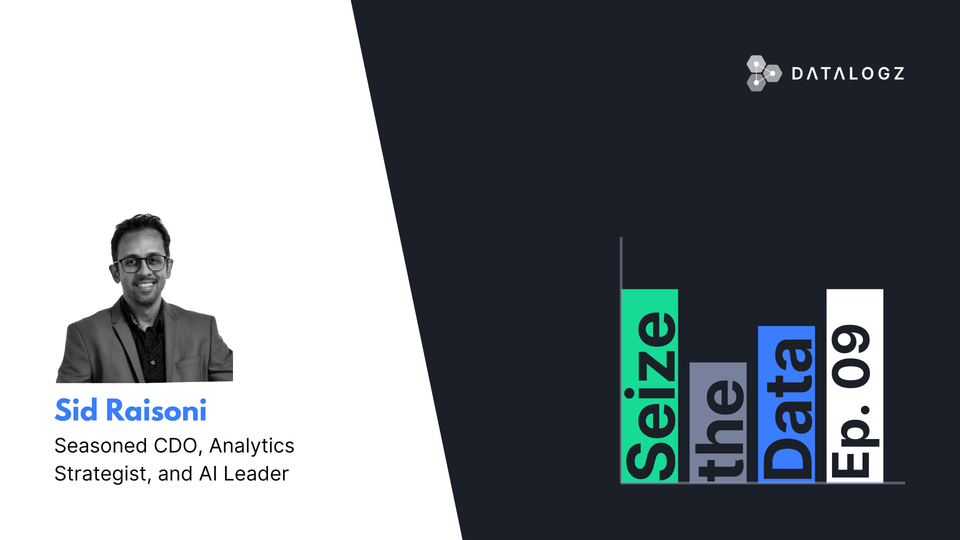Navigating the Labyrinth: Challenges and Solutions for Managing BI Sprawl
Explore the challenges of BI Sprawl and discover practical solutions to manage it effectively. Learn how strategic planning, a robust BI Ops framework, regular auditing, and automation can turn data deluge into an opportunity for data-driven decision-making.

Business Intelligence (BI) Sprawl is a widespread concern in data-centric businesses. As companies increasingly rely on data analytics for decision-making, the proliferation of BI reports across various departments can take time and effort to manage effectively. In an era where data is king, BI Sprawl can create a royal mess, leading to significant consequences, including diminished trust in data, heightened security risks, and, ultimately, abandonment of BI tools. This blog post aims to dissect the challenges associated with BI Sprawl and provide practical solutions to manage it effectively.
Understanding the Scope of the Problem
BI Sprawl isn't just about the excessive number of reports being generated; it's the interconnected web of issues that arise from this data deluge. The problem is multidimensional, stemming from varied report generation by disparate teams using different tools and stored across various locations.
What's more, these reports can become outdated or redundant over time, leading to a proliferation of 'zombie reports' that no longer serve a meaningful purpose but consume valuable resources. This leads to decreased efficiency and heightened costs, along with the potential for significant compliance risks due to outdated or inaccurate data. The consequences can be far-reaching, including the loss of trust in data accuracy and decision-making based on flawed or inconsistent information.
The Impact on Business Users and BI Administrators
BI Sprawl creates a muddled landscape for business users, sowing seeds of confusion and frustration. The abundance of reports, each carrying its own version of the truth, can lead to paralysis by analysis. The doubt surrounding the data's accuracy often forces users to rely more on intuition than empirical evidence when making strategic decisions.
BI Administrators, on the other hand, bear the brunt of this data deluge. Maintenance becomes an uphill task with increasing computing costs and complexities. Furthermore, the potential for security breaches elevates, posing a significant risk to the organization, particularly when handling sensitive data. The weight of these issues can sometimes lead to the abandonment of BI tools, effectively halting the organization's drive toward becoming more data-driven.
Setting the Stage for Efficient BI Management
An effective solution to BI Sprawl must start by recognizing the problem's existence and its impact. Organizations must develop a strategic approach to BI management involving all relevant stakeholders. This approach should prioritize data governance and instill a culture of responsibility around data generation and usage.
Setting up a centralized BI team can be beneficial in curating and maintaining a streamlined report-generation process. This team would oversee all BI report production, ensure consistency, eliminate redundancy, and maintain the highest level of data integrity.
Implementing Effective BI Sprawl Management Strategies
There are various strategies organizations can employ to manage BI Sprawl. One viable option is adopting a BI Ops framework that defines clear roles and responsibilities around data management. It sets guidelines around data access, usage, and quality checks, ensuring a controlled and well-structured approach to BI report generation.
Regular audits of BI assets can help identify and eliminate 'zombie reports.' It also aids in uncovering compliance risks and data inconsistencies. Check: Datalogz.
Automation can play a critical role in BI Sprawl management. Automated report generation and maintenance tools can streamline processes, reducing manual efforts and the risk of errors. Moreover, automating data quality checks can ensure consistency and accuracy across all reports.
In conclusion, BI Sprawl is a significant challenge that organizations must proactively tackle. Businesses can transform this challenge into an opportunity through strategic planning, instilling a data-centric culture, implementing robust governance frameworks, regular auditing, and leveraging automation. It's crucial to remember that the goal isn't just to reduce the number of reports but to ensure that each report provides meaningful, accurate, and timely insights that drive effective decision-making.




